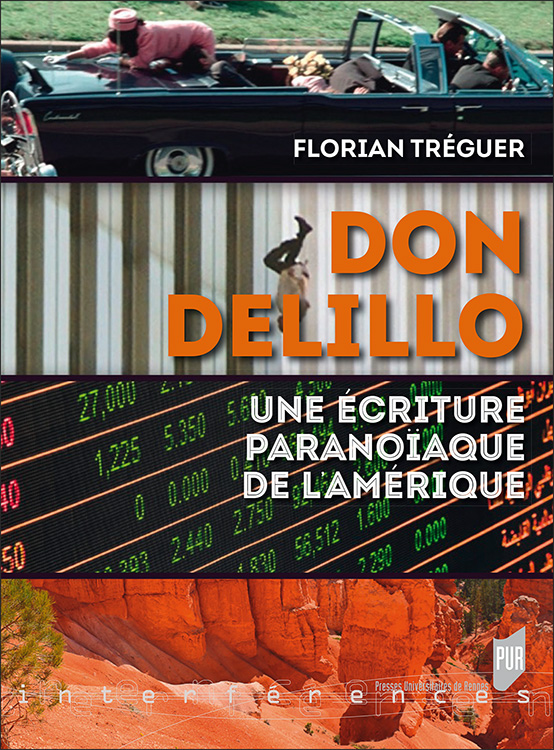
D’Americana (1971), au titre si programmatique, au Silence (2020), la fiction de Don DeLillo affiche depuis un demi-siècle l’invariable ambition de radiographier la culture américaine et, plus ambitieusement encore, de la redéfinir à travers une somme de moments proprement critiques, susceptibles d’en révéler la psyché intime. Elle s’attache à chroniquer de la sorte malaises civilisationnels, faillite des mythes et des discours topiques, comme elle documente la coulisse du fameux rêve qu’elle s’obstine à promouvoir. Pareille fiction cherche à cerner et fixer plus avant ce circuit de l’inconscient national, en opposant ce qui nourrit l’imaginaire des États-Unis aux défaillances mêmes de ses systèmes de représentation, prenant autant appui sur les tragédies historiques (l’assassinat de John Kennedy, les attentats de septembre 2001) que sur les crises structurelles (comme celle exemplaire du capitalisme financier et les menaces de dérégulation et d’abstraction qu’il fait peser sur le monde). Si la paranoïa ressortit d’abord à l’intrigue de romans, elle informe aussi une lecture presciente de la complexité du réel contemporain et une écriture du soupçon radical qui va à rebours du Zeitgeist, s’arc-boute contre les idéologies et les dogmes dominants. En quoi, l’ambition dernière de cette écriture paranoïaque est bien d’introduire le jeu du doute entre le texte et le monde, DeLillo aspirant à élargir par ses récits la cartographie cognitive de ses contemporains, en révélant l’étendue critique du possible, les déplis d’un monde potentiel mais terriblement présent dont il hypostasie les menaces virtuelles.
From the programmatically titled Americana (1971) to Silence (2020), Don DeLillo’s fiction has for half a century had the invariable ambition of x-raying American culture and, even more ambitiously, of redefining it through a series of properly critical moments, likely to reveal its intimate psyche. In this way, it endeavours to chronicle civilisational malaise, the collapse of myths and topical discourses, as well as documenting the backstage of the famous dream that it insists on promoting. Such a fiction seeks to identify and further define this path of the national unconscious, by opposing what feeds the American imagination to the very failures of its systems of representation, relying as much on historical tragedies (the assassination of John Kennedy, the attacks of 09/11) as on structural crises (such as the exemplary one of financial capitalism and the threats of deregulation and abstraction that it poses to the world). If paranoia is first and foremost the plot of novels, it also informs a prescient reading of the complexity of contemporary reality and a writing of radical suspicion that goes against the Zeitgeist, bending against dominant ideologies and dogmas. In this way, the ultimate ambition of this paranoid writing is to introduce the game of doubt between the text and the world, as DeLillo aspires to broaden the cognitive cartography of his contemporaries through his narratives, revealing the critical extent of the possible, the unfolding of a potential but terribly present world whose virtual threats he hypostasizes.
